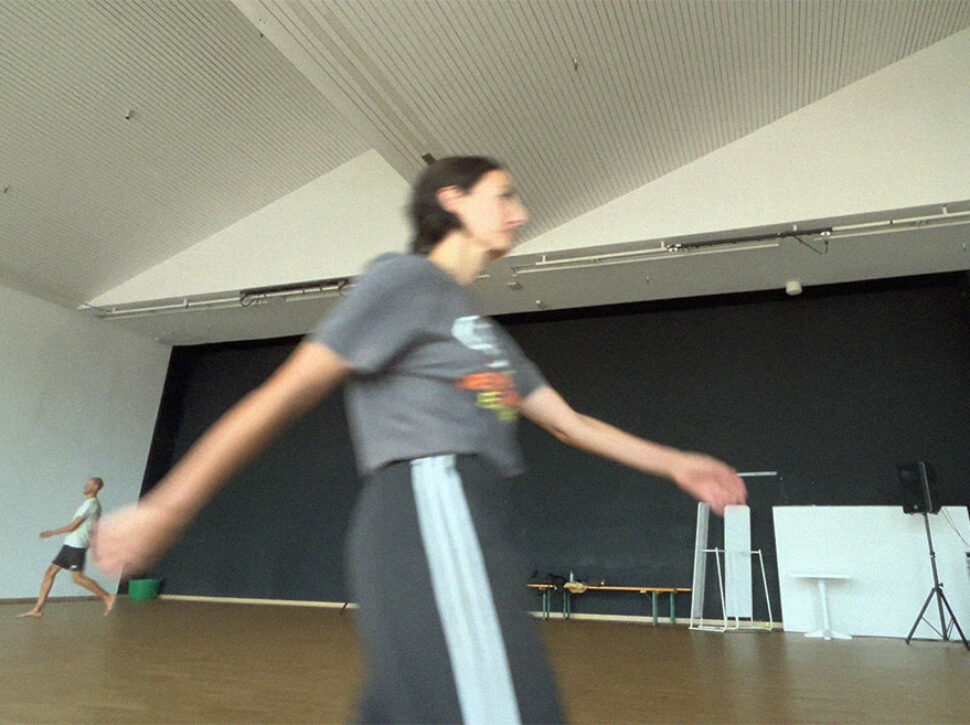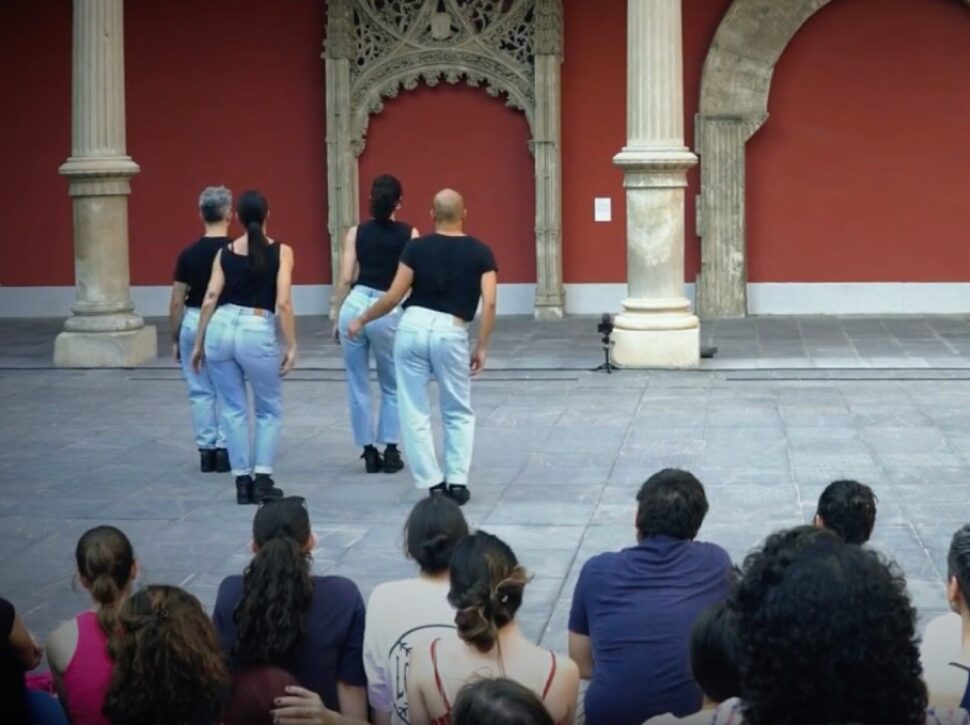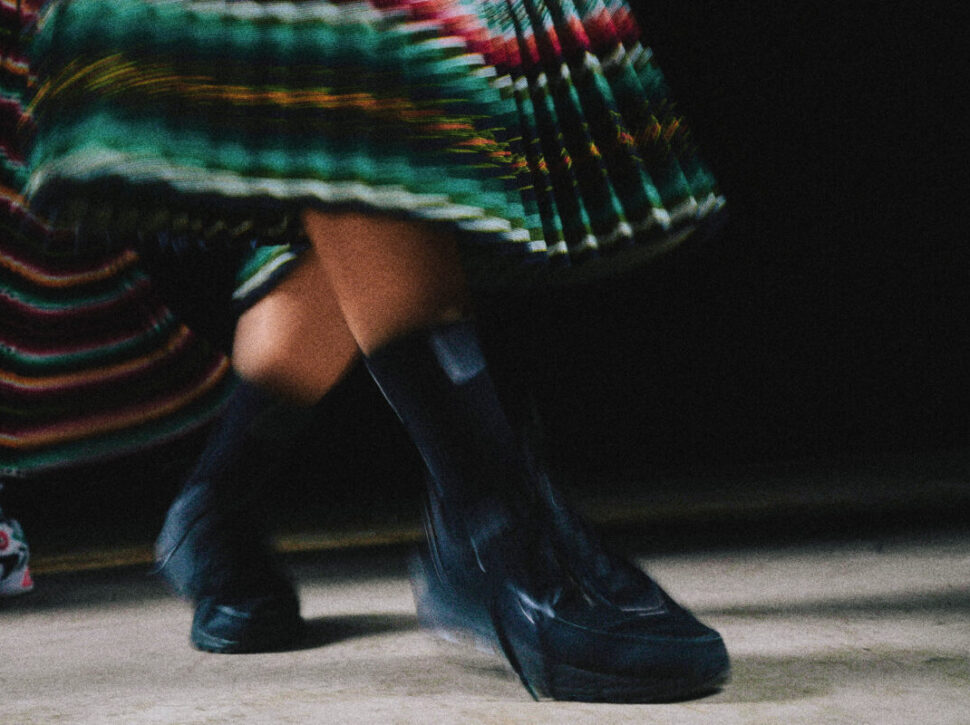Viu Montjuïc. The Culture Park will celebrate its fifth edition on the weekend of October 4 and 5, filling Montjuïc Park with more than 90 cultural and entertainment activities for all audiences — from guided tours to architecture, dance, theatre and performance, concerts, exhibitions, and open days at most of the park’s facilities. The 2025 edition of Viu Montjuïc. The Culture Park features an expanded programme structured around three main themes: Remember Montjuïc, with activities and tours that highlight the historical and living memory of Montjuïc hill; Discover Montjuïc, aiming to introduce the park to Barcelona’s residents, mapping it and exploring its architecture; and Live Montjuïc, with the purpose of strengthening bonds between the local community and park visitors.
As a cultural space located on Montjuïc hill, Graner is taking part with two collaborations included in the outdoor programme on Sunday, October 5:
- Together with the Mercat de les Flors, we present Gratitude by Marc Sempere and Lorena Nogal, at the Jardins de l’Umbracle, Sunday October 5 at 12 pm.
- Together with the Ethnological and World Cultures Museum, we present El baile de la zurda by La Cerda (12:15 pm) and Fandango Reloaded by Inka Romaní (1:30 pm), as part of the activity Meeting of the Gastronomic Society La Colla de l’Arròs. Both will take place at the Jardins de Laribal.
-
Gratitude, by Marc Sempere and Lorena Nogal, is an action of gratitude through collective movement. It is an invitation to share a common choreography, developed from a participatory workshop-performance that encourages us to go beyond our own individuality. The experience is part of the creation process of a scenic liturgy involving choreographer Lorena Nogal, musician Edu Ostos (Ed is Dead), scenographer Ernesto Artillo, and director Marc Sempere Moya. The activity takes place at the Font de la Marinada, within the Jardins de l’Umbracle.
-
El baile de la zurda, by the company La Cerda, is a festive and collective gathering inspired by dance marathons and Latin American rhythms. The piece aims to explore the vital impulse that drives every body to dance to music, investigating dance not only as movement, but also as a space for festive gathering and a paradigm of collectivity. Drawing on dance marathons and Latin rhythms, Edward Tamayo (the choreographer of the piece) has developed a looping choreographic composition system from which the piece has been created: the “mantras”, focusing on the relationship between the feet and the pelvis, on space, rhythm, and the group.*
-
Fandango Reloaded, by Inka Romaní (street version), is an archaeological investigation in which dance acts as a catalyst for a shared ritual experience — an exploration of popular dances. It speculates whether today’s urban dances could play the role that traditional dances once did as a mechanism for collectivity and community. It brings together vocabularies of traditional dance and urban dances in an exercise of re-materializing memory.*
*Both proposals are part of the Meeting of the Gastronomic Society La Colla de l’Arròs, an initiative of the Ethnological and World Cultures Museum that revives the spirit of the old “fontades” and pays tribute to La Colla de l’Arròs, a gastronomic society emblematic of late 19th-century Barcelona, through an enriching and open-to-all day that combines gastronomy, music, and culture in the same space.
Read more
Read less









